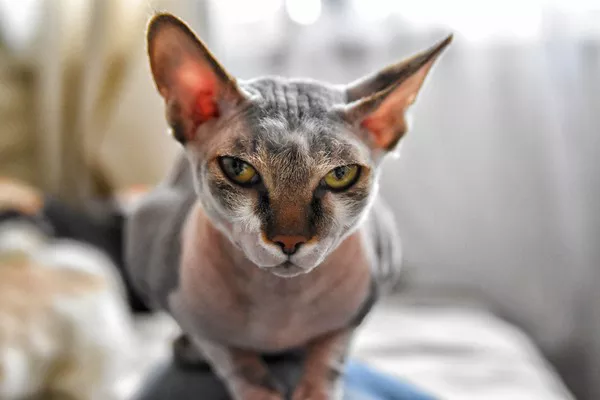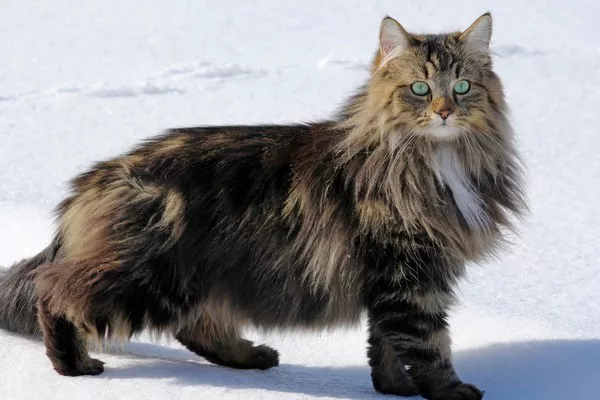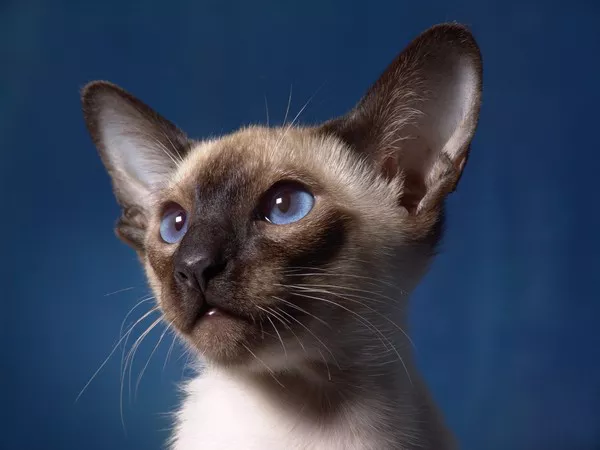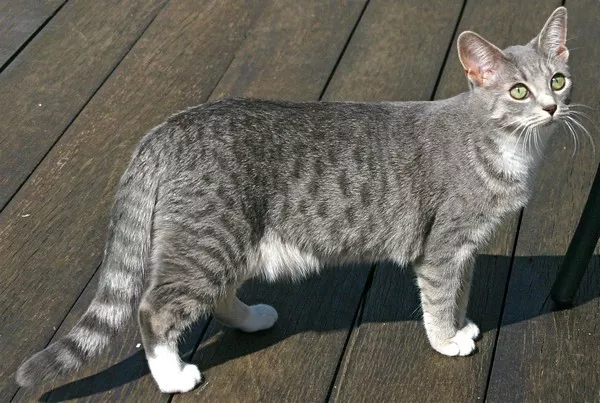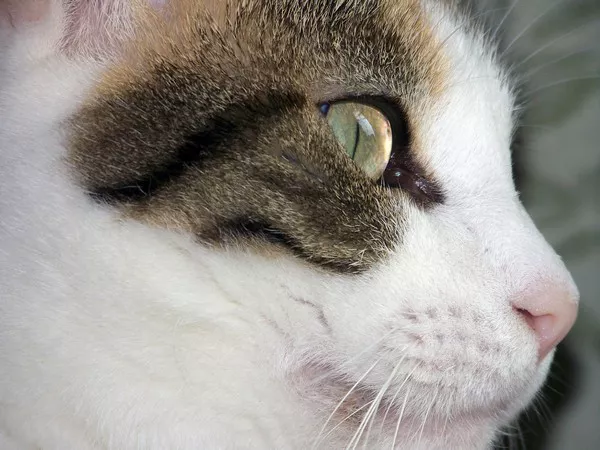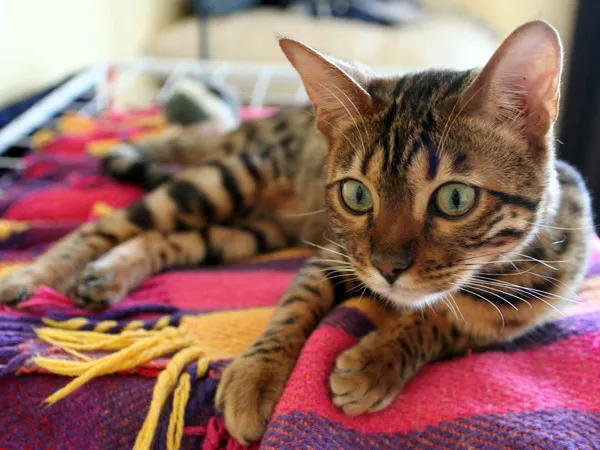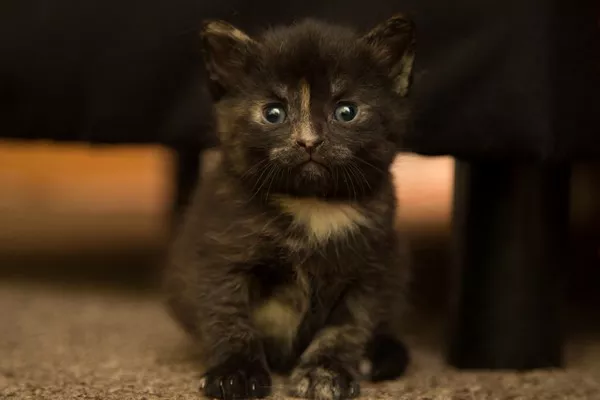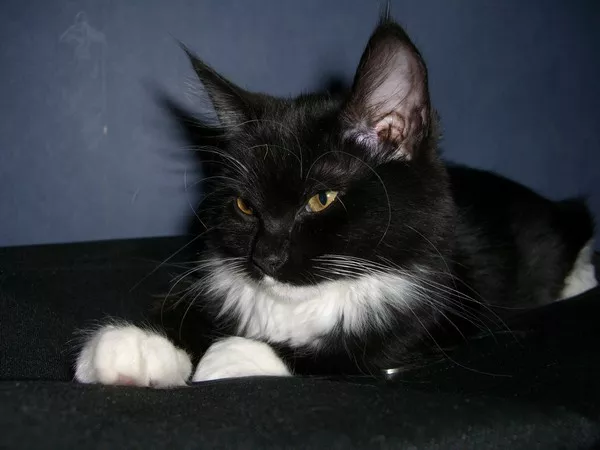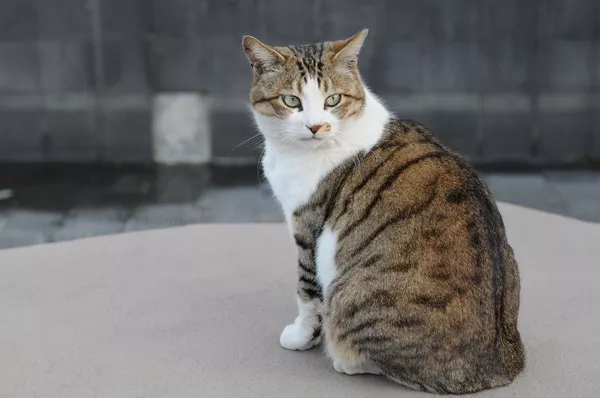Hairless cats, such as the Sphynx and Peterbald breeds, stand out in the feline world due to their striking appearance, characterized by their smooth, hairless bodies. While it may seem that these cats require less grooming than their furry counterparts, the reality is quite different. Hairless cats have unique grooming and skincare needs that necessitate special attention to keep them healthy and comfortable. In this comprehensive guide, we will explore the essential aspects of grooming and skincare for hairless cats and provide valuable insights for cat owners.
The Importance of Grooming for Hairless Cats
Hairless cats, despite their lack of fur, require regular grooming to maintain their skin health. Unlike cats with fur, hairless cats do not have a protective layer of fur to distribute natural skin oils or to trap debris and allergens. As a result, their skin can become oily, accumulate dirt, and be more prone to dryness and irritations.
1. Regular Bathing
Hairless cats should be bathed regularly to remove excess oils, dirt, and debris from their skin. Bathing also helps prevent skin infections and irritations. Use a gentle, hypoallergenic cat shampoo that is specially formulated for sensitive skin. Consult with your veterinarian to determine an appropriate bathing schedule, as over-bathing can lead to increased oil production.
2. Skin Inspection
Frequent skin inspections are essential for hairless cat owners. Look for any signs of skin issues, such as rashes, redness, dryness, or sores. Early detection allows for prompt treatment, preventing more severe skin problems.
3. Sun Protection
Hairless cats are particularly vulnerable to sunburn because they lack fur to shield their skin from harmful UV rays. When your cat spends time outdoors, provide sunblock specifically formulated for cats to protect their delicate skin. Additionally, offer shaded areas where they can seek refuge from the sun.
4. Moisturizing
Hairless cat skin can become dry, especially in dry climates. Using a cat-safe, fragrance-free moisturizer can help maintain their skin’s softness and prevent dryness. Consult with your veterinarian to choose an appropriate moisturizer for your cat’s specific needs.
Special Considerations for Bathing Hairless Cats
Bathing hairless cats can be a unique experience, and it’s essential to approach it with care and consideration for your cat’s comfort:
1. Warm Water
Use warm (not hot) water for bathing your hairless cat. Test the water temperature with your elbow to ensure it’s comfortable before placing your cat in the bath.
2. Calm Environment
Create a calm and stress-free environment during bath time. Use a non-slip mat in the tub or sink to prevent accidents, and speak to your cat in soothing tones to reassure them.
3. Gentle Handling
Handle your cat gently and with patience during the bathing process. Avoid excessive scrubbing, as it can irritate their sensitive skin. Instead, use gentle, massaging motions to clean their skin.
4. Drying
After the bath, thoroughly dry your hairless cat with a soft towel. Hairless cats can lose body heat quickly when wet, so it’s crucial to ensure they are completely dry to prevent chilling.
Temperature Considerations
Hairless cats are sensitive to temperature changes and may require extra precautions to stay warm:
1. Indoor Comfort
Maintain a comfortable indoor temperature for your hairless cat. Use heating pads or heated cat beds in cooler months to provide warmth and comfort.
2. Sweaters and Clothing
Consider dressing your hairless cat in cat-specific clothing, such as sweaters or shirts, to help them retain body heat. Ensure that clothing is comfortable and does not restrict their movement.
Sunbathing Opportunities
Hairless cats enjoy basking in the sun, and providing opportunities for sunbathing can contribute to their well-being:
1. Sunlight Exposure
Allow your hairless cat access to sunny spots in your home, such as windowsills or areas with direct sunlight. Ensure that these areas are safe and free from hazards.
2. Shade Availability
While sunlight is beneficial, ensure your cat has access to shaded areas where they can retreat if they become too warm or to prevent sunburn.
Special Considerations for Dental Health
Hairless cats may be more prone to dental issues, so paying attention to their oral health is crucial:
1. Regular Dental Care
Implement a routine dental care regimen, including brushing your cat’s teeth regularly to prevent the buildup of plaque and tartar.
2. Veterinary Check-ups
Schedule regular veterinary check-ups to assess your cat’s dental health and address any potential issues promptly.
Potential Skin Allergies
Hairless cats may be more susceptible to skin allergies or sensitivities, which can manifest as itchiness, redness, or rashes. If you notice any signs of skin irritation, consult with your veterinarian for a proper diagnosis and treatment plan. Allergies can be managed with appropriate medications or dietary changes, if necessary.
In conclusion, hairless cats, such as the Sphynx and Peterbald breeds, require special grooming and skincare to maintain their skin health and overall well-being. Regular bathing, moisturizing, sun protection, and dental care are essential components of their grooming routine. It’s crucial to create a comfortable environment for your hairless cat, both in terms of temperature control and access to sunlight. Additionally, be vigilant about potential skin allergies and consult with your veterinarian if any skin issues arise. With proper care and attention to their unique needs, hairless cats can lead happy and healthy lives as beloved members of your family.

